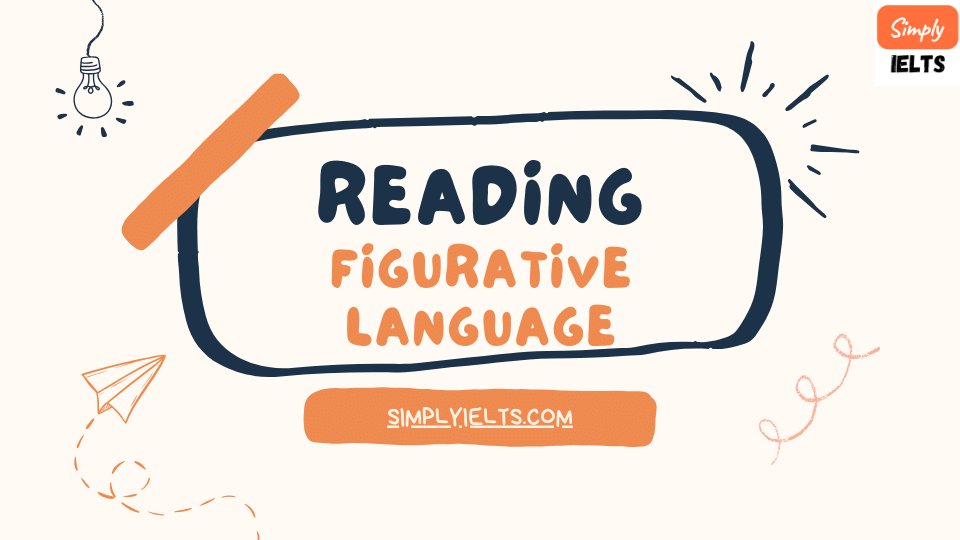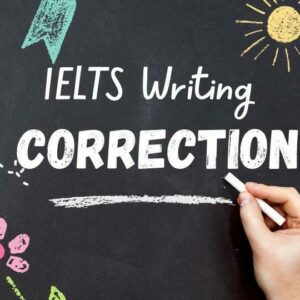
Beyond Literal Meaning: Unveiling the Magic of Figurative Language in Your Reading
Have you ever encountered a sentence in your reading that seemed oddly phrased, yet strangely beautiful? That’s likely the work of figurative language, a literary device that uses words in a non-literal way to create vivid imagery and enhance meaning. This week, we’ll embark on a journey to explore the magic of figurative language and unlock a deeper appreciation for the written word.
Why Use Figurative Language?
Figurative language goes beyond the plain meaning of words. Authors use it to:
- Paint Vivid Pictures: Similes, metaphors, and personification create sensory details that transport you into the story or description.
- Express Complex Ideas: Figurative language can help explain abstract concepts in a more relatable and memorable way.
- Evoke Emotions: By using figurative language, authors can stir up a range of feelings in their readers, from amusement to empathy.
Common Types of Figurative Language:
- Simile: A direct comparison between two things using “like” or “as.”
- Example: “The stars twinkled in the sky like diamonds scattered on black velvet.” (This simile compares stars to diamonds, creating a sparkling image.)
- Metaphor: An implied comparison that doesn’t use “like” or “as.” It suggests one thing is another.
- Example: “The storm was a raging beast, tearing through the trees.” (The storm isn’t literally a beast, but this metaphor creates a powerful image of its destructive force.)
- Personification: Giving human qualities to non-living things or animals.
- Example: “The old oak tree stood stoic and wise, a silent witness to the passage of time.” (The tree isn’t literally wise, but personification makes it seem like a character with a story to tell.)
- Hyperbole: An extreme exaggeration used for emphasis, not to be taken literally.
- Example: “I’m so hungry, I could eat a horse!” (This hyperbole emphasizes the speaker’s extreme hunger.)
Figurative Language in Action: Bringing Text to Life
Let’s see how figurative language elevates a simple sentence:
- Literal Sentence: The sunset was beautiful.
- Figurative Sentence: The fiery sun dipped below the horizon, painting the sky in a dazzling array of oranges, pinks, and purples. (This sentence uses a metaphor – “fiery sun” – and a simile – “painting the sky” – to create a more vivid and engaging image.)
Become a Figurative Language Detective!
The next time you’re reading, keep an eye out for figurative language. Can you identify the type of figurative language used and explain its effect? This practice will enhance your reading comprehension and appreciation for the author’s craft.
Figurative Language and Your Writing
Understanding figurative language isn’t just about reading – it can also elevate your own writing! Try incorporating similes, metaphors, or personification to add depth and creativity to your own work.
Remember:
Figurative language is like a sprinkle of magic on your reading experience. By recognizing and appreciating its various forms, you’ll unlock a deeper understanding of the text and discover the beauty of language in a whole new way. Stay tuned for next week, where we’ll explore the art of summarizing – a valuable skill for mastering complex information!





Responses